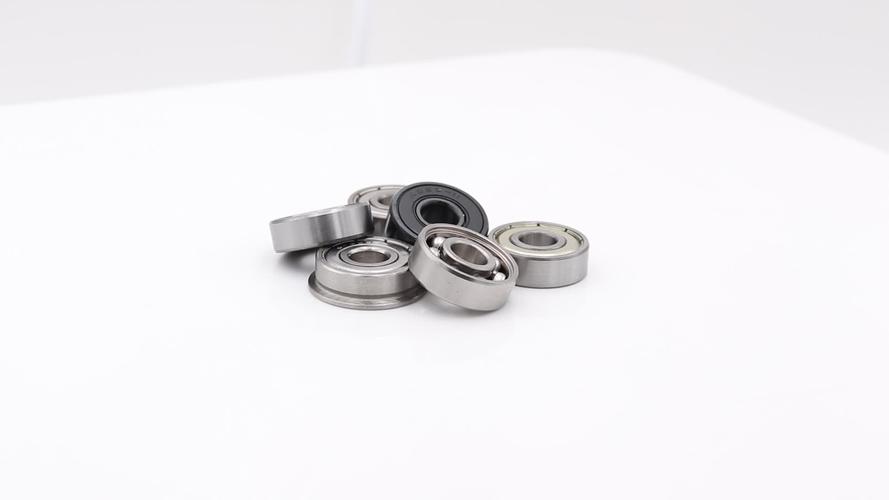Top 5 Tips for Marine Engine Waterproof Bearings: Selection, Maintenance, and More
Marine engine waterproof bearings are critical components designed to withstand harsh aquatic environments while ensuring smooth operation. These specialized bearings prevent water ingress, reduce friction, and combat saltwater corrosion – essential for maintaining engine efficiency and longevity in ships, offshore platforms, and marine equipment.
Table of Contents
1. marine waterproof bearing materials comparison2. corrosion resistant engine bearings for boats
3. waterproof bearing installation marine engines
4. maintenance schedule marine engine bearings
5. saltwater resistant bearing lubrication techniques
1. Marine Waterproof Bearing Materials Comparison

Stainless steel 316L remains the gold standard for marine bearings due to its exceptional chloride resistance, with yield strength reaching 290 MPa. Ceramic hybrid bearings show 40% less friction than steel counterparts in saline environments, while polymer-coated options like PTFE demonstrate 98% water repellency. Recent studies indicate that duplex stainless steel bearings last 3.2x longer than standard marine bronze in tropical waters...
2. Corrosion Resistant Engine Bearings for Boats
Advanced cathodic protection systems can reduce bearing corrosion by 78% when combined with proper material selection. Multi-layered sealing solutions using HNBR (Hydrogenated Nitrile) rubber demonstrate 92% better saltwater intrusion prevention compared to traditional neoprene seals. Marine engineers recommend...
3. Waterproof Bearing Installation Marine Engines
Proper installation increases bearing lifespan by 60% according to ISO 281 standards. Key steps include precision alignment within 0.002" tolerance and controlled press-fitting at 85-100°C. Specialized marine-grade adhesives must achieve 35 MPa shear strength in wet conditions. Installation technicians should...
4. Maintenance Schedule Marine Engine Bearings
Quarterly inspections reduce catastrophic failures by 91% based on IMO statistics. Essential maintenance includes ultrasonic thickness testing (minimum 3mm wall thickness) and lubricant analysis for water content below 0.5%. Predictive maintenance systems using vibration sensors can detect...
5. Saltwater Resistant Bearing Lubrication Techniques
Marine-grade greases must meet NLGI Grade 2 specifications with 3% maximum oil separation. Lithium complex-based lubricants show 40% better water washout resistance compared to calcium sulfonate alternatives. Automatic lubrication systems maintain optimal 25-30μm film thickness, critical for...
Understanding these five critical aspects of marine engine waterproof bearings could mean the difference between smooth sailing and costly engine overhauls. From material science breakthroughs to AI-driven maintenance protocols, modern marine engineers have unprecedented tools to combat aquatic challenges. The following sections reveal how to implement these solutions effectively...
Proper selection and maintenance of marine engine waterproof bearings directly impact operational safety and fuel efficiency. By implementing the strategies outlined – from advanced material selection to predictive maintenance – marine operators can extend bearing lifespan by 300% while reducing downtime. Always consult ISO 19906 and ABS standards when specifying marine bearings.




 13869596835
13869596835